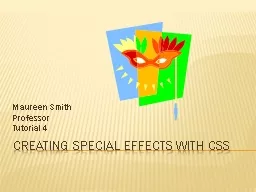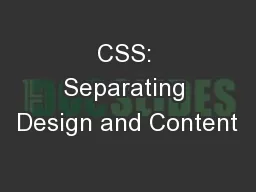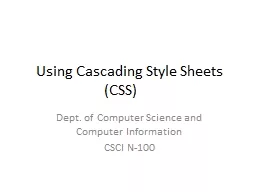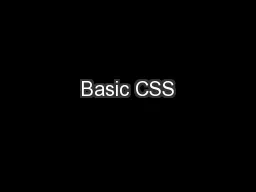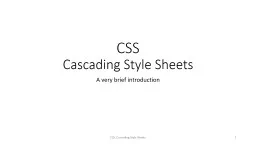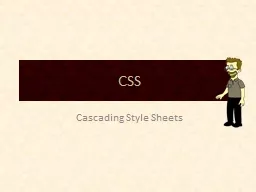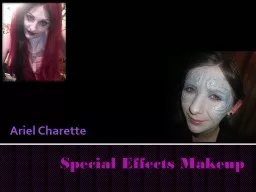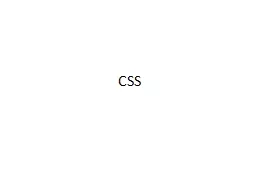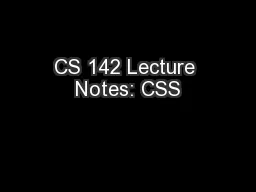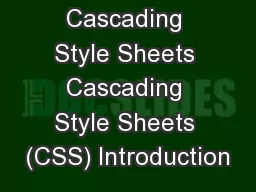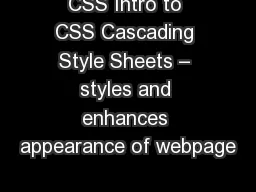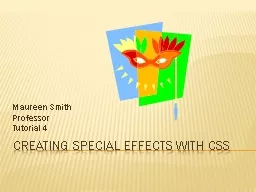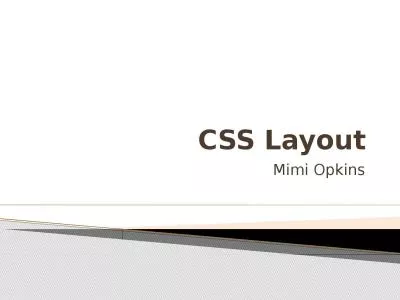PPT-Creating Special Effects with CSS
Author : myesha-ticknor | Published Date : 2016-07-10
Maureen Smith Professor Tutorial 4 Lesson Plan Review Session 41 Session 42 Session 43 Review Objectives Work with CSS selectors Create styles for lists Create and
Presentation Embed Code
Download Presentation
Download Presentation The PPT/PDF document "Creating Special Effects with CSS" is the property of its rightful owner. Permission is granted to download and print the materials on this website for personal, non-commercial use only, and to display it on your personal computer provided you do not modify the materials and that you retain all copyright notices contained in the materials. By downloading content from our website, you accept the terms of this agreement.
Creating Special Effects with CSS: Transcript
Download Rules Of Document
"Creating Special Effects with CSS"The content belongs to its owner. You may download and print it for personal use, without modification, and keep all copyright notices. By downloading, you agree to these terms.
Related Documents

